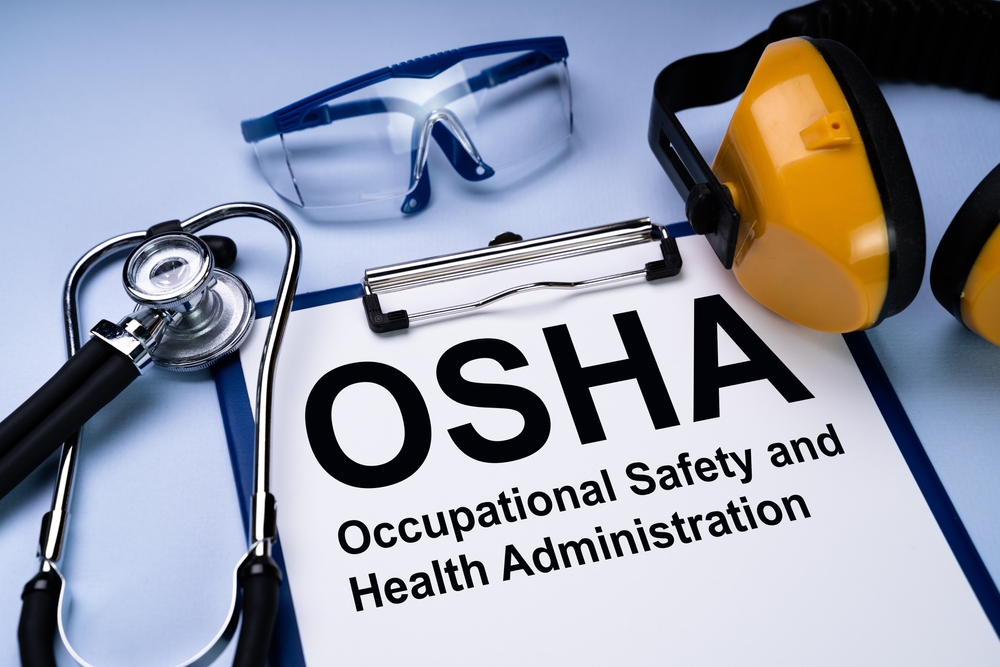Back to Basics is a weekly feature that highlights important but possibly overlooked information that any EHS professional should know. This week, we examine OSHA’s Severe Violator Enforcement Program (SVEP) and the criteria for an SVEP case.
The Occupational Health and Safety Administration (OSHA) is well known for not only setting the standards for safety, but also enforcing them. Organizations can become repeat offenders if they continuously fail OSHA inspections and violate safety regulations. When this happens, OSHA may add the organization to the Severe Violator Enforcement Program (SVEP).
Criteria
According to OSHA, the SVEP is meant to concentrate inspection resources for employers that have demonstrated indifference to their OSH Act obligations through willful, repeated, or failure-to-abate violations. An incident becomes an SVEP case in the following circumstances:
- OSHA finds at least one willful or repeated violation or issues a failure-to-abate notice based on a serious violation directly related either to an employee death or to an incident causing three or more worker hospitalizations during a fatality or catastrophe inspection.
- OSHA finds at least two willful or repeated violations or issues failure-to-abate notices based on the presence of high gravity serious violations during an inspection.
- All egregious enforcement actions.
For SVEP consideration, willful and repeated citations and failure-to-abate notices must be based on serious violations, except for recordkeeping, which must be egregious, according to OSHA. Grouped and combined violations must count as one violation for SVEP purposes.
The employer must be removed from the SVEP log in cases where an inspection’s original violations at issuance initially qualify an employer for SVEP, but are later reclassified to fall outside the program’s eligibility criteria. However, an employer can qualify for SVEP even if none of its own employees were exposed to hazards.
Under OSHA’s multi-employer citation policy, a general contractor may be cited for the same violations as other contractors qualifying for SVEP, and therefore may also qualify for the program. In cases of two or more inspections of the same employer, OSHA must evaluate each individually to determine if they meet the SVEP criteria. If either inspection meets the criteria, OSHA will consider that inspection to be an SVEP case and code it accordingly.
Removal from the SVEP Log
According to OSHA, an employer will be removed from the SVEP Log after at least three years from the date of receiving the acceptable abatement verification. To be eligible for removal, the employer must have:
- Abated all SVEP-related hazards
- Paid all final penalties
- Followed and completed all applicable settlement provisions
- Received no additional serious citations related to the original SVEP inspection
- Have received one follow-up or referral OSHA inspection
If contesting a case, the employer may choose to begin the three-year designation period by providing acceptable abatement verification for all SVEP-related hazards. This policy is meant to incentivize employers to abate hazards but does not affect any of the employer’s rights under the OSH Act.
An employer that agrees to an Enhanced Settlement Agreement can elect to reduce the SVEP term to two years. In this scenario, SVEP removal is contingent on the employer agreeing to developing and implementing a safety and health management system within the two-year period. This system must include policies, procedures, and practices that are effective to recognize and abate occupational safety and health hazards and to protect workers from those hazards.
Before removing an employer from the SVEP, the Area Office must conduct at least one follow-up or referral inspection to ensure abatement verification and compliance with the enhanced settlement provisions, if applicable. If the follow-up inspection results in a serious citation related to the hazards from the original SVEP inspection, then the establishment is no longer eligible for removal from the SVEP Log, and another additional inspection will be necessary.
For more information on OSHA’s Severe Violator Enforcement Program, click here.

